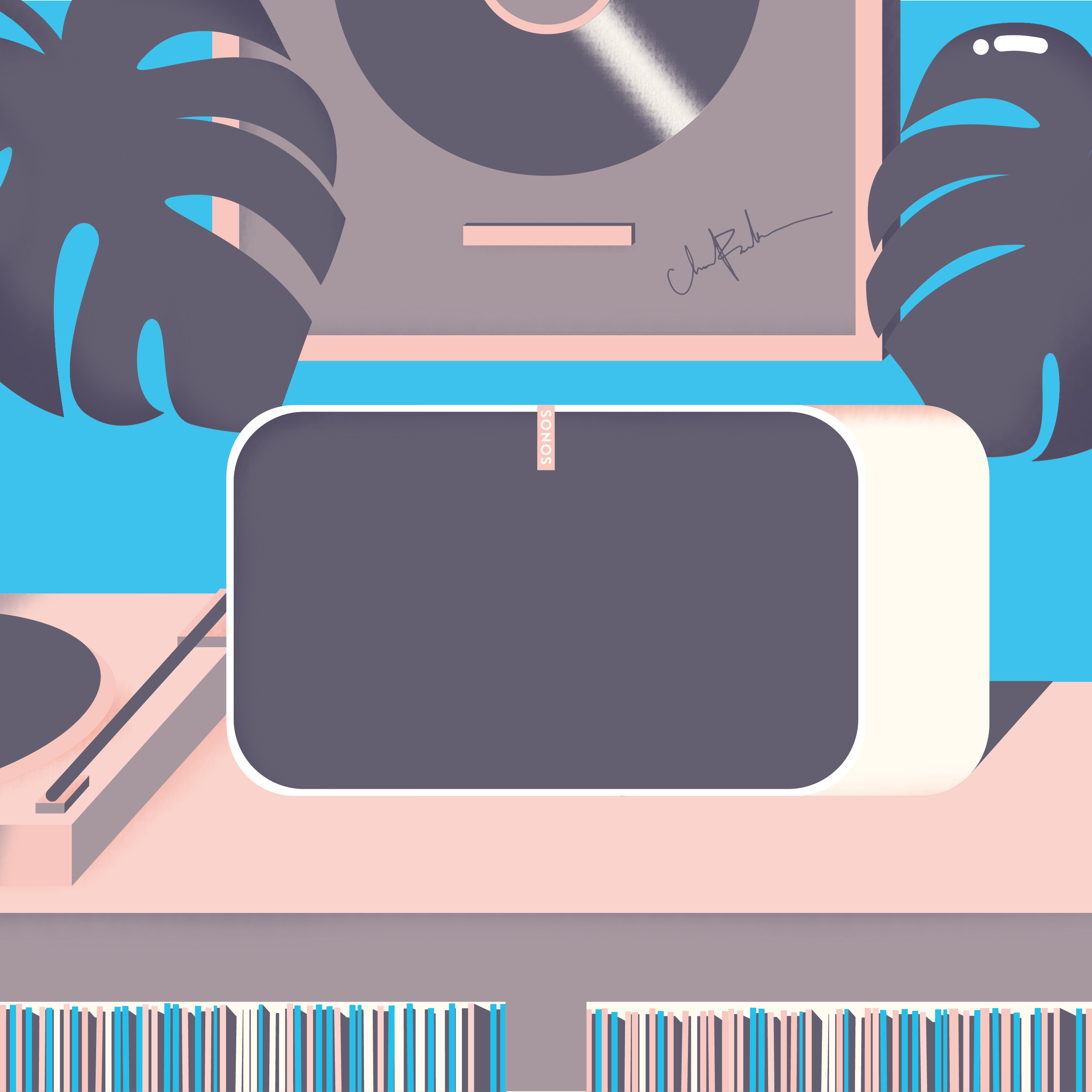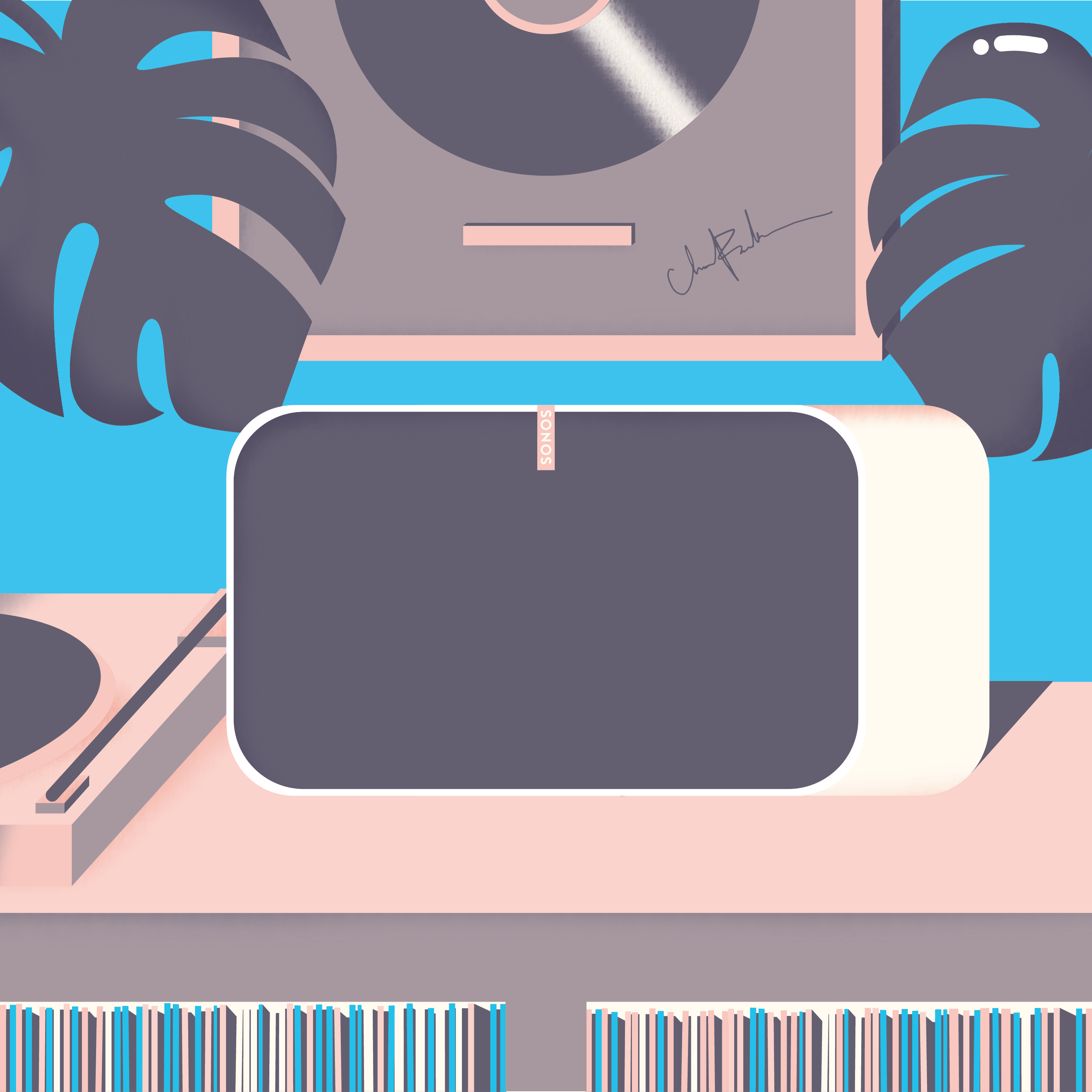Living the Stream
Sweden's long been the home of musical greatness. Living in arguably the streaming capital of the world, how are Swedes listening to the audio content they love so much?

When Agnetha Fältskog, Björn Ulvaeus, Benny Andersson, and Anni-Frid Lyngstad sang words of resistance, love and heartbreak in 1975 perhaps the most emblematic pop tune of all time was born. Mamma Mia ushered in a musical group that would forever be synonymous with the catchy power of pop and the country that gave rise to their success.
But far from dwelling on the success of the past, be it through technology or songwriting today Sweden is continuing to dominate the music industry. As the home of both piracy and streaming, Sweden is unique in its musical rootedness. For such a small country, Sweden is punching far above its weight. But how are Swedes consuming music? What genres of music are rising in popularity?
Today Sweden’s music legacy lives on. Artists like Avici have dominated international charts and music writers such as Max Martin have created some of the world’s great hits for the likes of Taylor Swift and Katy Perry. Within Sweden itself, hip-hop artists have been fostering a loyal following and demonstrating the talent and subversive appeal of a generation of Swedish youth.
Of course, much of Sweden’s recent prominence in music is due to its technical prowess. “Our early access to almost nationwide high-speed broadband has helped this shift happen,” says Özgür Kurtoğlu, a Swedish music journalist. “I also believe this is why so many tech start-ups have found a way to make their ideas a realty early on here. Streaming works properly in Sweden, rendering other mediums secondary.”
Because of piracy we had to find a legal solution fast, something that reminded us of being able to listen to \(almost\) anything at anytime. That’s what Spotify managed to create Malin Weisby Kratz
Swedes are highly connected. 57.4% of Swedish MCEs agree that they’re constantly connected online and 75% agree that the internet makes them feel closer to people.
The connectivity factor undoubtedly helped spawn the music industry’s greatest foe and friend. The latter comes in the form of The Pirate Bay, which was founded in Sweden in 2003 and ushered in the country’s reign as the ‘piracy capital of the world’. For the next five years, it devastated the country’s music industry. Between 2001 and 2008, full-year recorded music revenues in Sweden were cut in half – from €120m to €84m.
The launch of Spotify in 2008, seemed to signal music’s saving. Since the introduction of the streaming service in 2008, figures from music revenue have gradually climbed again.
“I think Pirate Bay and Kazaa played a big part in why Swedes started to stream music legally early,” says Malin Weisby Kratz, a PR from Swedish record label, Cosmos Music. “Because of piracy we had to find a legal solution fast, something that reminded us of being able to listen to (almost) anything at anytime. That’s what Spotify managed to create.”
Now consumers in Sweden are some of the most avid users of streaming music services worldwide. 80% of sales from recorded music in Sweden comes directly from online streaming and paid. The statistics are even more dramatic when you drill down to just digital music sales - accounting for 95% of sales, compared to just 5% for downloads.
It’s clear that Swedes love to stream but how are they consuming digital music? What are the different styles and tribes of the Swedish music streamer?
Laid-Back Listeners

The passive listener is not particularly interested in one genre, or knowledgeable about music for that fact. For them, music is a pleasure but not a passion. They tend to mainly listen to music through their headphones or at social events like dinner parties.
As Kratz says, “you’re physically closer to the sound and you’re (mostly) holding your smartphone in you’re hand while you listen with headphones. That way it’s easier to change tracks or explore new artists though playlists or the 'related artists' function. At home on speakers I use music to create a vibe, a feeling.”
The passive listener subscribes to the likes of Spotify and Discover Weekly playlists are their main means to hear new music. “Now it’s Spotify who has the power over what most people listen to, through their curated playlists,” says Kratz. “That’s where most people I know browse around.”
Obscurests

This listener is obsessed with finding obscure pieces of music that no one else knows about. They take pride and a sense of social currency in their knowledge of the music industry. These are the types of listeners that would have killed to have Wu Tang’s Once Upon Time in Shaolin. They pick up random music samples in whatever country they visit and are always in the know about the next big thing.
“Today the kids have access to everything, all the time,” says Norberg. “They listen to any genre, from any period in time. The super trends of yesterday is disappearing. Now it's fragmentation.”
Obscurest have a love/hate relationship with streaming. On the one hand, it enables them to access a vast volume of music at the touch of a button, on the other it makes the joy of uncovering new music a little less special. As a result they often purchase vinyl to keep that uniqueness alive.
“It makes so much sense that there's an increase in demand for vinyl because it's the perfect material representation for music,” says Norberg. “The cover is a gorgeous piece of art, you can play the music and you can even see the music in the groves of the vinyl.”
Fanboys

Fan boys don’t stray far from their title, or their preferred genre for that matter. These listeners are obsessed with their favourite artist and they consume whatever he/she creates. They might be Kanye West’s number one fan or a Led Zeppelin die hard, regardless, fan boys are devoted to one artist solely.
Aaron Gosher, manger at record label Leisure Systems, says, “discovery only occurs if you're actively taking advantage of that breadth. It really depends on the expectations and needs of the individual listener - some people actually just want to listen to "Where Are You Now" 1,000 times in a row.”
Fan boys are also avid sharers. They engage in forums and join online groups to talk about their favourite artist. These virtual communities even extend beyond simply music and become spaces to share thoughts and promote confidence. They tend to be of the younger demographic and listen alone or with fellow fans.
Mixers

“People want to do more than just passively consume the music they love.,” says Jonas Norberg, co-founder and CEO at Pacemaker, an app that allows users to play and beat-match Spotify tracks. “We're trying to revive the mixtape. It was lost in the transition to streaming. Playlists are just containers for categorised content, and then you do shuffle play on it. A mixtape is something you invest love, energy and creativity into. It's a very personal playlist. Inherently social.”
Mixers, like Norberg, are generally DJs, and tend to have a wide breath of musical taste. They like to tamper with all genres to create mixes that they share with friends or use at club nights. Like the obscurest, they take a sense of pride in their music knowledge. They attend Boiler Room gigs and treat Soundcloud like a second home. They engage and interact with fellow mixers, revelling in the global community of audiophiles they’re part of.
“When Boiler Room first begun it allowed an audiences access to scenes they might never have been able to experience - if you’re a kid in South America, you can finally discover and feel like you’re part of a movement in Berlin,” says Harry Benson, brand partnerships manager at Boiler Room. “This new type of consumption blew up very quickly, creating a true globalisation of music scenes.”
Key Takeouts
- Revelation is key for consumers who take pride in their musical knowledge. Make consumers work harder to access content (think: invite-only accounts)
- Build and emphasize global communities to enable Sonos users to share music with one another
- Work with artists that have cult followings and appeal to niche music subcultures
- Portray music as a means to create an atmosphere without making it all encompassing when appealing to laid-back listeners


